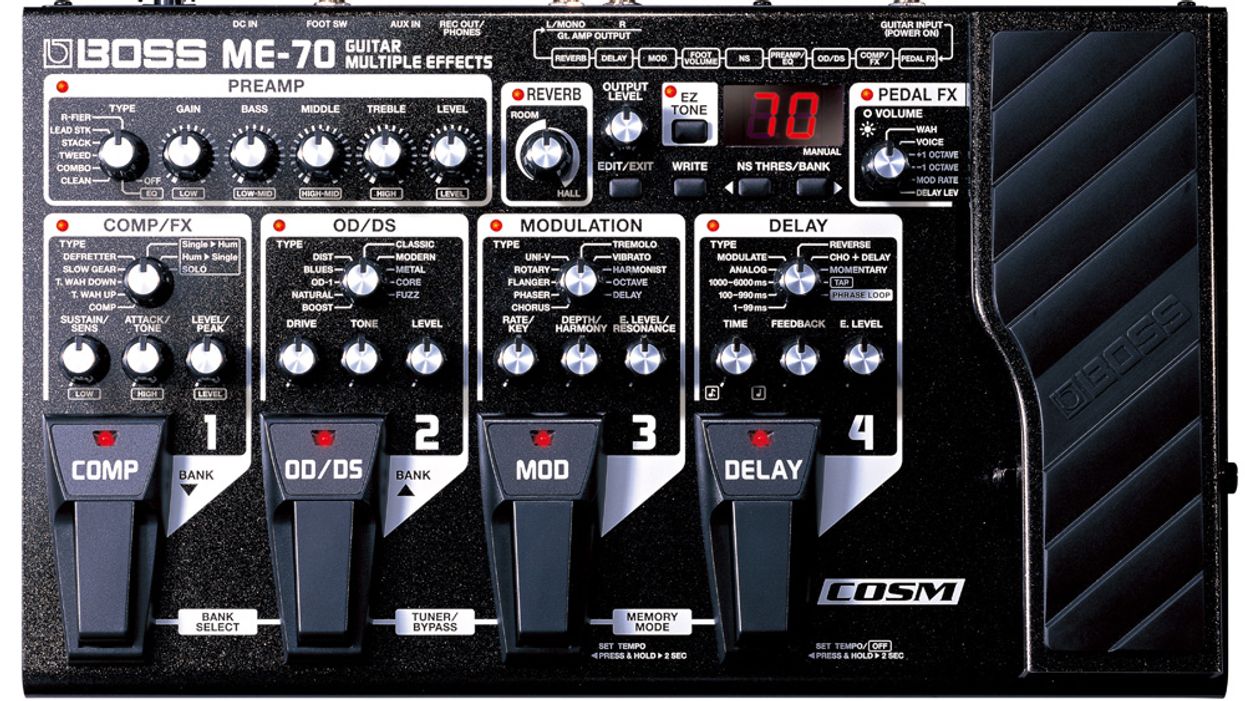Search
Latest Stories
Start your day right!
Get latest updates and insights delivered to your inbox.
gt-100-me-20-me-70-david-bowie-gerry-lenoard-norah-jones-gigs-rack-effects-stompboxes-boss-gt-line-series-expands
Don’t Miss Out
Get the latest updates and insights delivered to your inbox.
Recent
load more
